Rise of Mobile Accessibility
The Non Profit Software Market is experiencing a rise in mobile accessibility, reflecting the changing preferences of users. As more individuals engage with non-profit organizations through mobile devices, software solutions that offer mobile-friendly interfaces are becoming increasingly important. This trend is particularly relevant for donor engagement and volunteer management, where mobile applications can facilitate real-time communication and updates. Data indicates that mobile usage among non-profit stakeholders is on the rise, prompting software providers to prioritize mobile compatibility in their offerings. The ability to access information and perform tasks on-the-go enhances the overall user experience and encourages greater participation from donors and volunteers. Consequently, the demand for mobile-optimized software solutions is expected to grow, as organizations seek to adapt to the evolving technological landscape.
Adoption of Cloud-Based Solutions
The Non Profit Software Market is witnessing a marked shift towards cloud-based solutions, driven by the need for flexibility and scalability. Non-profit organizations are increasingly recognizing the advantages of cloud technology, which offers cost-effective solutions that can be accessed from anywhere. This transition allows organizations to manage their operations more efficiently, particularly in areas such as donor management, volunteer coordination, and event planning. Data suggests that the cloud segment within the non-profit software market is expected to grow at a rate of 15% annually, as organizations seek to reduce IT costs and improve collaboration among staff and volunteers. Furthermore, cloud-based solutions often come with enhanced security features, which are crucial for protecting sensitive donor information. This trend indicates a broader acceptance of technology in the non-profit sector, as organizations strive to modernize their operations.
Emphasis on Data Analytics and Reporting
The Non Profit Software Market is increasingly characterized by an emphasis on data analytics and reporting capabilities. Non-profit organizations are recognizing the value of data-driven decision-making, which allows them to assess their impact and optimize their operations. Software solutions that offer robust analytics tools enable organizations to track key performance indicators, donor engagement metrics, and program outcomes. This trend is reflected in the growing demand for software that integrates advanced reporting features, which can provide insights into fundraising effectiveness and program success. As organizations seek to demonstrate their impact to stakeholders, the ability to analyze and report on data becomes paramount. The market for analytics-focused software is projected to grow, as organizations aim to leverage data to enhance their strategic planning and operational efficiency.
Growing Demand for Fundraising Solutions
The Non Profit Software Market experiences a notable increase in demand for effective fundraising solutions. As non-profit organizations strive to enhance their fundraising capabilities, software that facilitates online donations, crowdfunding, and donor management becomes essential. Recent data indicates that the fundraising software segment is projected to grow at a compound annual growth rate of approximately 10% over the next five years. This growth is driven by the need for organizations to diversify their funding sources and engage with donors more effectively. Consequently, software providers are innovating to offer features that streamline the donation process, enhance donor engagement, and provide analytics for better decision-making. The emphasis on transparency and accountability in fundraising further propels the demand for sophisticated software solutions that can track and report on fundraising activities.
Increased Regulatory Compliance Requirements
The Non Profit Software Market is significantly influenced by the rising regulatory compliance requirements imposed on non-profit organizations. Governments and regulatory bodies are increasingly mandating transparency and accountability in financial reporting and operational practices. This trend necessitates the adoption of software solutions that can assist organizations in maintaining compliance with various regulations, such as tax laws and reporting standards. As a result, the market for compliance-focused software is expected to expand, with organizations seeking tools that simplify the management of compliance-related tasks. The integration of compliance features into existing software solutions is becoming a priority for many providers, as organizations aim to mitigate risks associated with non-compliance. This shift not only enhances operational efficiency but also builds trust with stakeholders and donors, thereby fostering a more sustainable operational environment.


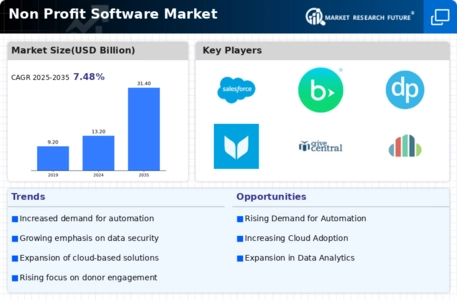
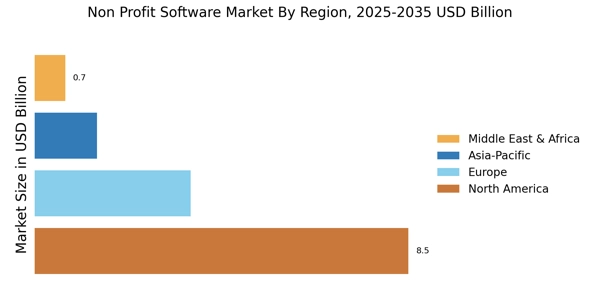

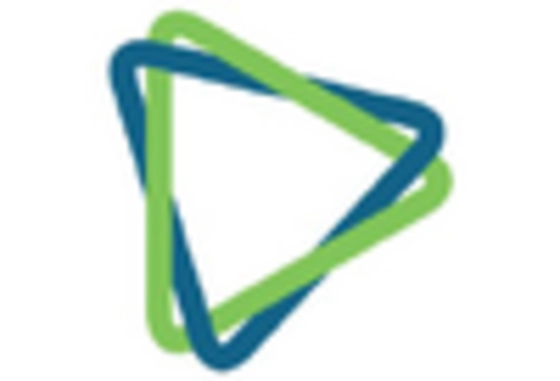
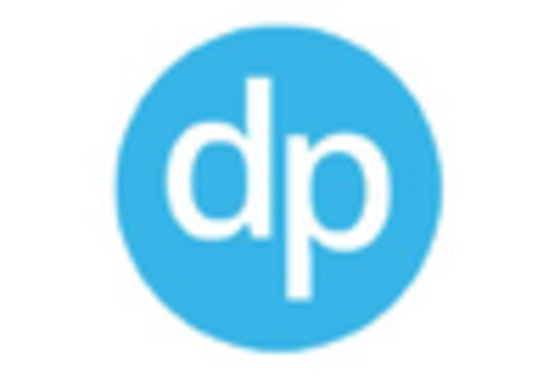

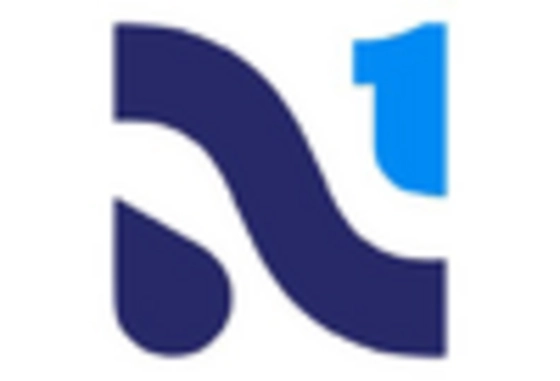
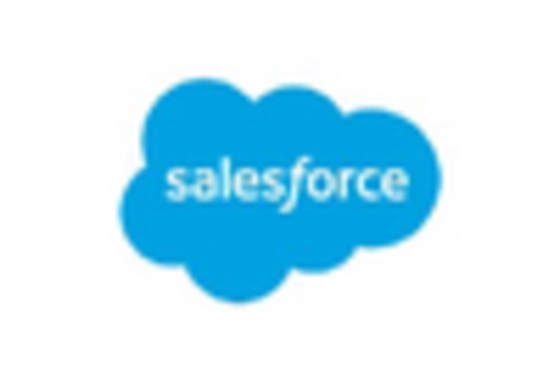








Leave a Comment